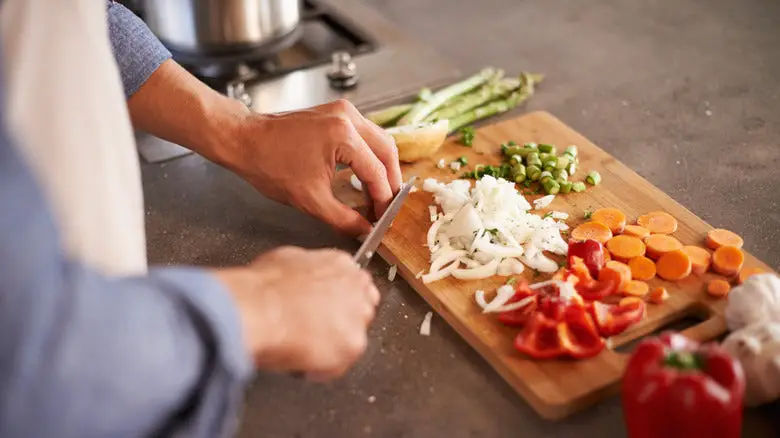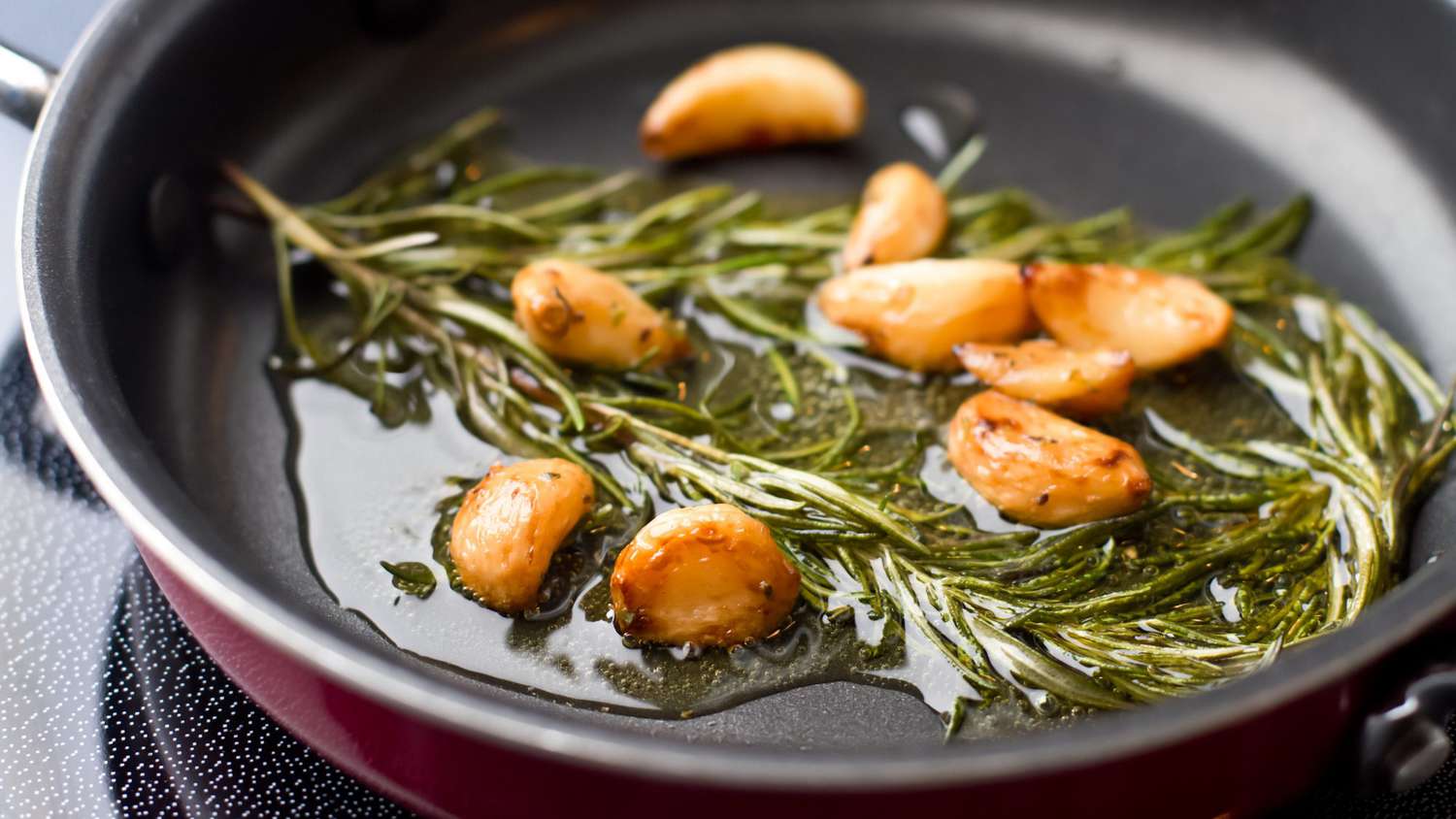Palm oil is a common ingredient found in many kitchen products, from sweets to savory dishes. But have you ever wondered, how is palm oil made? This versatile oil undergoes a lengthy and intricate production process. Today, we will explore the journey of palm oil from the plantations to your kitchen.

The Origins of Palm Oil
Palm oil comes from the fruit of the oil palm tree, primarily produced in tropical regions such as Southeast Asia, Africa, and Latin America. The oil palm (Elaeis guineensis) is native to West Africa, but its cultivation has spread widely due to rising demand. Understanding how palm oil is made requires an exploration of the entire plantation and harvesting process.

Harvesting the Fruit
Plantation Management
The first step in the production process is the meticulous management of palm tree plantations. Oil palm trees thrive in tropical climates with high humidity and rainfall. Plantations are strategically located in countries like Indonesia and Malaysia, the leading producers of palm oil. These plantations are managed to ensure optimal tree health and yield.
Harvesting Techniques
Harvesting palm oil fruit bunches is a labor-intensive task. The fruits are gathered year-round by skilled workers using tools like sickles on long poles. Each fruit bunch can weigh between 10-50 kilograms, making the process physically demanding. The harvested fruit must be processed quickly to maintain high oil quality.

Processing the Palm Fruits
Fruit Sterilization
Once harvested, the fruit bunches are transported to milling facilities where they undergo sterilization. This step involves placing the fruit bunches in large steam chambers to prevent the formation of fatty acids, which can degrade oil quality. Sterilization also loosens the fruits from the bunches.
Threshing
After sterilization, the fruit bunches are threshed to separate the individual fruits from the bunch. This is usually done using mechanical threshers. The separated fruits are now ready for the extraction process.
Mechanical Pressing
The next step is mechanical pressing to extract crude palm oil. The fruits are fed into a digester where they are mashed and broken down. The resulting mash is pressed using a screw press to extract the oil. The extracted oil is a mixture of oil, water, and solids that are later separated.

Refining and Purification
Crude Palm Oil Clarification
Once crude palm oil is extracted, it undergoes clarification to remove impurities. The oil is heated and passed through a series of centrifuges to separate the oil from water and solids. The clarified oil is then bleached and deodorized to achieve the desired quality.
Fractionation
The final refining step involves fractionation, which separates the oil into solid and liquid fractions. This allows manufacturers to produce different types of palm oil, such as palm olein (liquid fraction) and palm stearin (solid fraction). Each type has distinct applications in the food industry.
Sustainability Concerns and Solutions
Environmental Impact
The production of palm oil has raised significant environmental concerns, including deforestation, habitat destruction, and greenhouse gas emissions. Efforts are being made to address these issues through sustainable practices and certifications like the Roundtable on Sustainable Palm Oil (RSPO). These initiatives aim to promote responsible production and sourcing of palm oil.
Improving Sustainability
Various organizations and companies are working to improve the sustainability of palm oil production. This includes replanting trees, conserving wildlife habitats, and reducing carbon footprints. Consumers can also contribute by supporting brands committed to sustainable palm oil practices.
Palm Oil's Role in the Kitchen
Culinary Uses
Palm oil is a versatile ingredient used in a wide range of culinary applications. It is commonly found in processed foods like margarine, baked goods, and confectionery. Its high smoke point makes it ideal for frying and cooking. Additionally, palm oil is used in traditional dishes in many cultures worldwide.
Nutritional Aspects
Palm oil contains a balanced composition of saturated and unsaturated fats, making it a nutritious option for various recipes. It is also a source of vitamins A and E. However, moderation is key, as excessive consumption of any oil can lead to health issues.
For more information on palm oil production, visit this link.
FAQs: How Is Palm Oil Made
What is the main source of palm oil?
Palm oil is primarily sourced from the fruit of the oil palm tree, Elaeis guineensis, which is grown in tropical regions.
Is palm oil production sustainable?
While palm oil production poses environmental challenges, initiatives like RSPO certification aim to promote sustainable and responsible practices.
How is palm oil refined?
Palm oil refining involves processes like clarification, bleaching, deodorization, and fractionation to achieve quality suitable for various applications.
As an Amazon Associate, I earn from qualifying purchases.




Leave a comment
This site is protected by hCaptcha and the hCaptcha Privacy Policy and Terms of Service apply.